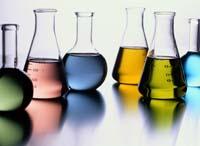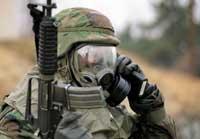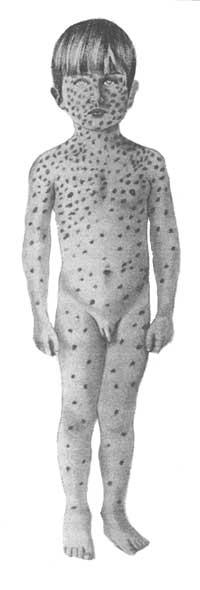Extreme bands
2009/12/26 Galarraga Aiestaran, Ana - Elhuyar Zientzia

The United States Chemical Commission is (according to them) the largest association in the world. With more than 150,000 partners, this year has published 34,000 scientific papers in its 34 specialized journals and has presented 18,000 conferences. Of all these, he has selected 250 investigations, ten of which make up the list.
The list includes, mainly, inventions that contribute to health and the environment. For example, in the first group is the vaccine against inhaled measles. The vaccine was presented at the national assembly of the year and will be tested next year in India. In this country, measles causes 200,000 deaths a year. According to experts, the vaccine is perfect for developing countries, as it is a dry powder that does not need refrigeration, clean water or sterilized syringes.
Another vaccine that appears in the list is the sixth vaccine, which is opposed to a diarrheal virus and is generated in the tobacco plant. A position above, in the fifth, is the painting that prevents the growth of microorganisms and fungi, ideal for hospitals. And in tenth place an electronic "nose" has been placed to diagnose renal diseases in the breath.
To end health, in seventh place, a pill appears to care for animal health. Precisely this monthly pill protects dogs and cats from ticks and lice, without any side effects.
In the other group, among the most favorable for the environment, there is a system of solar generation adapted to each of them, in second place, an absorbent oil aerogel poured by accident, a method of evaluation of the impact of the materials in the global warming, in eighth, and a catalyst of biodiesel, realized with surfaces of cameras, in the penultimate.
The fourth place, on the contrary, has a lot to do with the environment, but more than for it, for many will be attractive for its great utility. In fact, they have developed a technology that transforms hand movement and blood flow into electricity to charge devices like mobile, wireless iPod.
Other list Other list
Like the latter, most of the technologies or methods that appear in the list of the Chemistry Commission have been developed in the United States. And they are Americans each and every one of the experiments that the magazine <Science has compiled. They were carried out by the Ministry of Defense, the Pentagon and other military institutions and NASA for military purposes, that is, to win wars, kill or dominate people.
Most of the experiments on the list come from World War II or Cold War. Some did so to improve the capabilities of soldiers and others to test the effects of weapons, drugs, or radioactivity.
The details of the experiments provoke fear, but it is more terrible to know that the military investigation has not ceased. For example, the journal New Scientist recently published that the Pentagon has developed a microwave-emitting weapon to burn people without dying. It can also be useful for police. And surely there is more, enough to form several lists.
Published in Gara

Gai honi buruzko eduki gehiago
Elhuyarrek garatutako teknologia






